Marguerite is set near Paris two years after WWI, period that was later called “les années folles” (the crazy years). It is the story of Marguerite (Catherine Frot), an eccentric, wealthy baroness that has a true passion for music. She particularly enjoys giving recitals at her luxurious place, and she herself contributes to the singing. But as it turns out she sings out of tune. Completely. Although everyone is well aware of that, she herself doesn’t realize it, and everyone around her is perpetuating the lie.
Marguerite likes singing so much than in addition to giving recitals in her house, she decided she wants to sing in front of a real public on a real concert stage. The big wonder is: “Why is she doing that?” Well first, she doesn’t even know she is making a fool of herself. Then, she’s desperately trying to get her husband's attention. It is obvious that all Marguerite wants is to be loved, to be looked at, but George fails to notice that. The only thing he cares about is how his wife embarrasses his own reputation. So because he is so insensitive, Marguerite is deeply unhappy, lonely, and constantly afraid of not being good enough for George. She is suffocating in her big house (rich people’s problems, I know) which explains her passion for music: it is the only thing that comforts her. Without it, she doesn’t have a goal. Marguerite has nothing in her life but music, so she throws herself all in it, to the point that she fools her own ears and thinks she’s pretty decent at it.
I was happy to realize Christa Théret (LOL -- the French and original version) was in the movie. I was most impressed with her voice, as she plays Hazel, a promising opera singer. Hazel represents all that Marguerite doesn’t have: she is loved and she sings amazingly well -- although there is no competition between the two, and her role in the story plot is unclear. I was also impressed by Catherine Frot’s strong performance, which by the way got her Best Actress at the César ceremony in Paris in February! Marguerite offers a powerful depiction of a lonely and misunderstood woman going crazy because of her alienating environment. Worth the watch!
Grade: B+
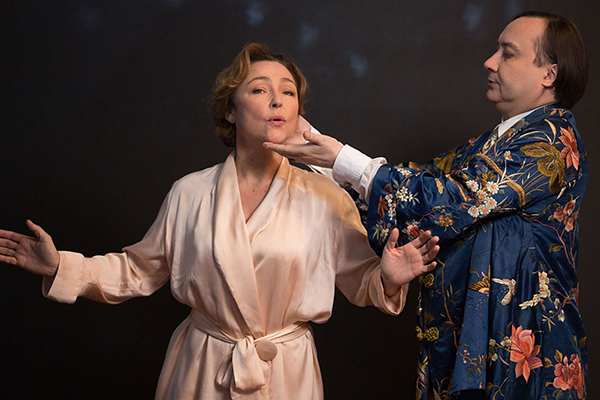
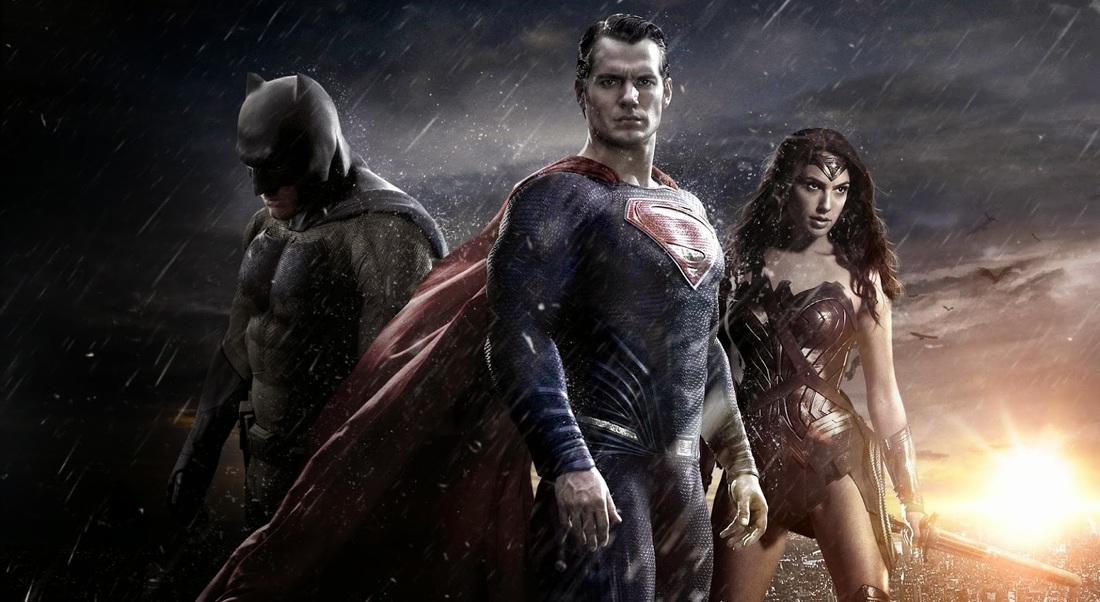

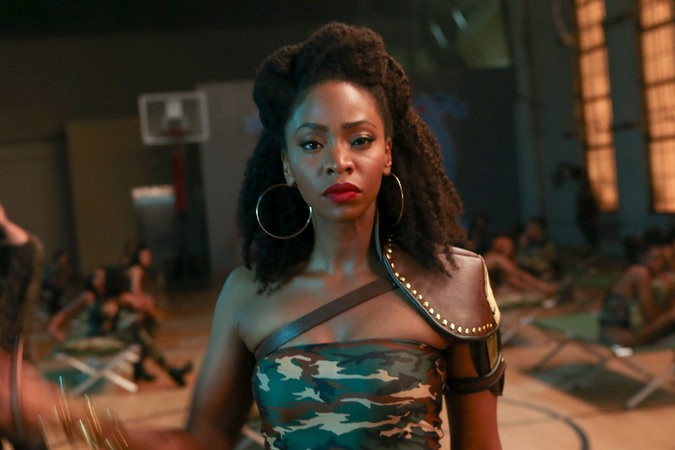
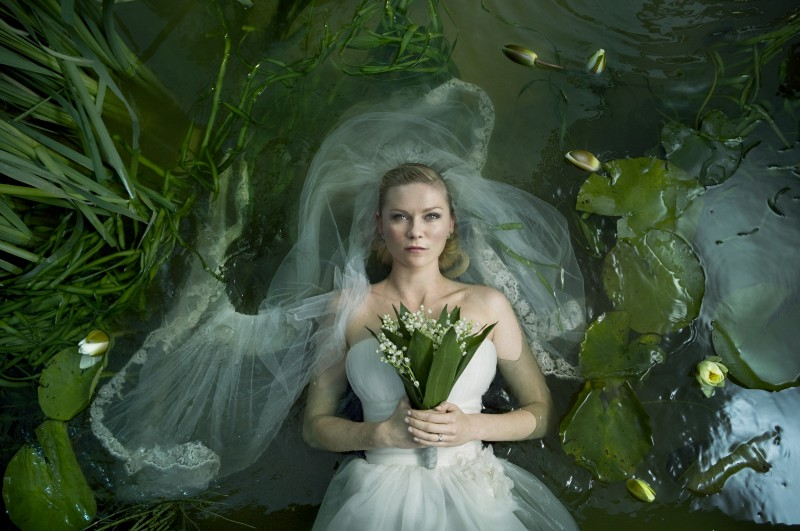
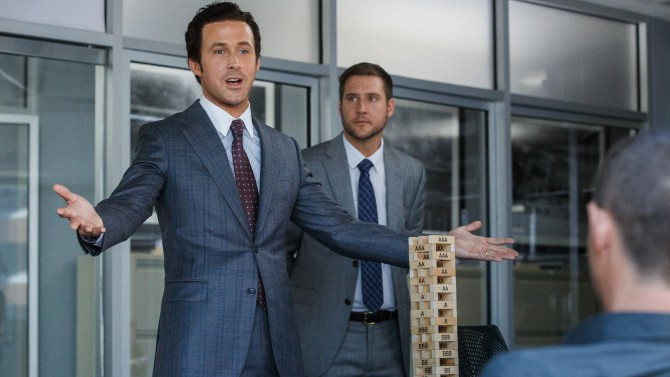
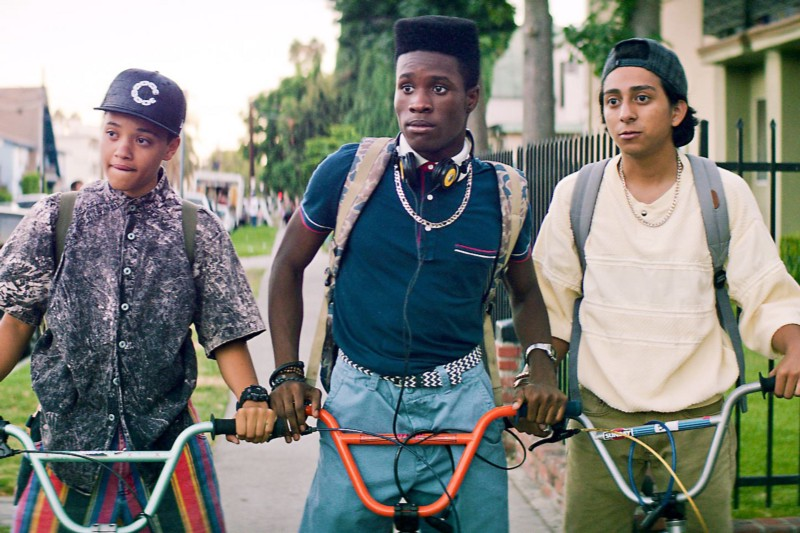
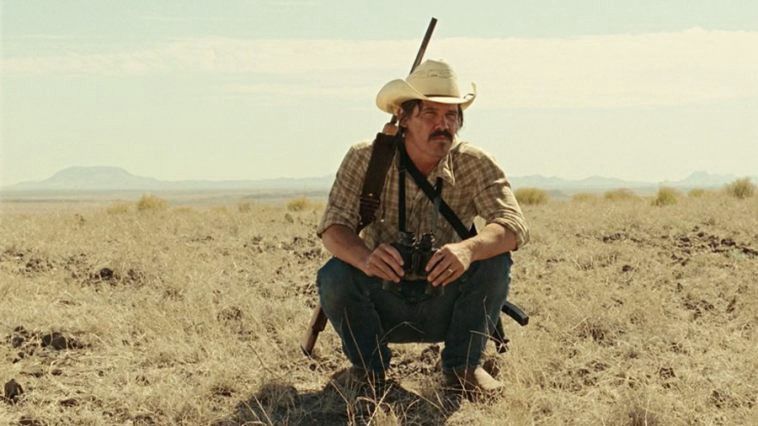
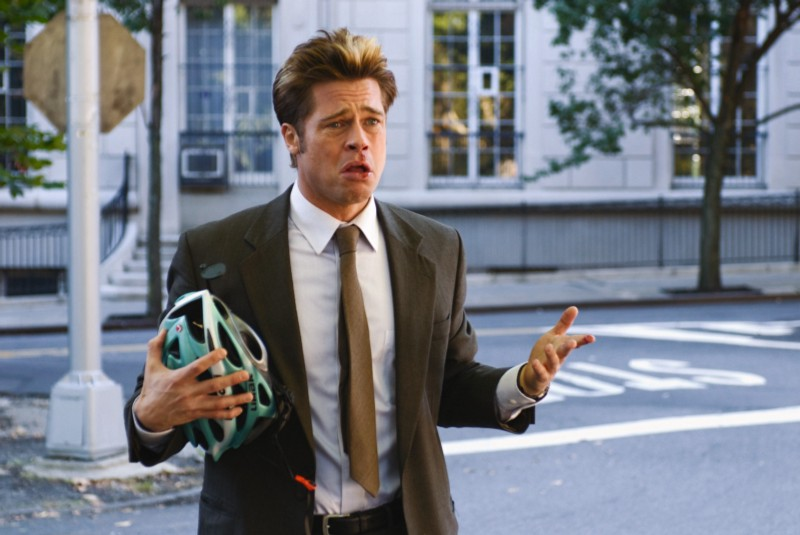
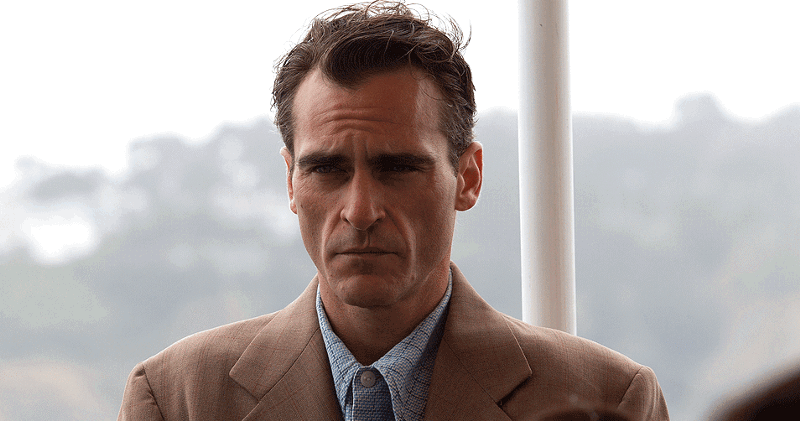
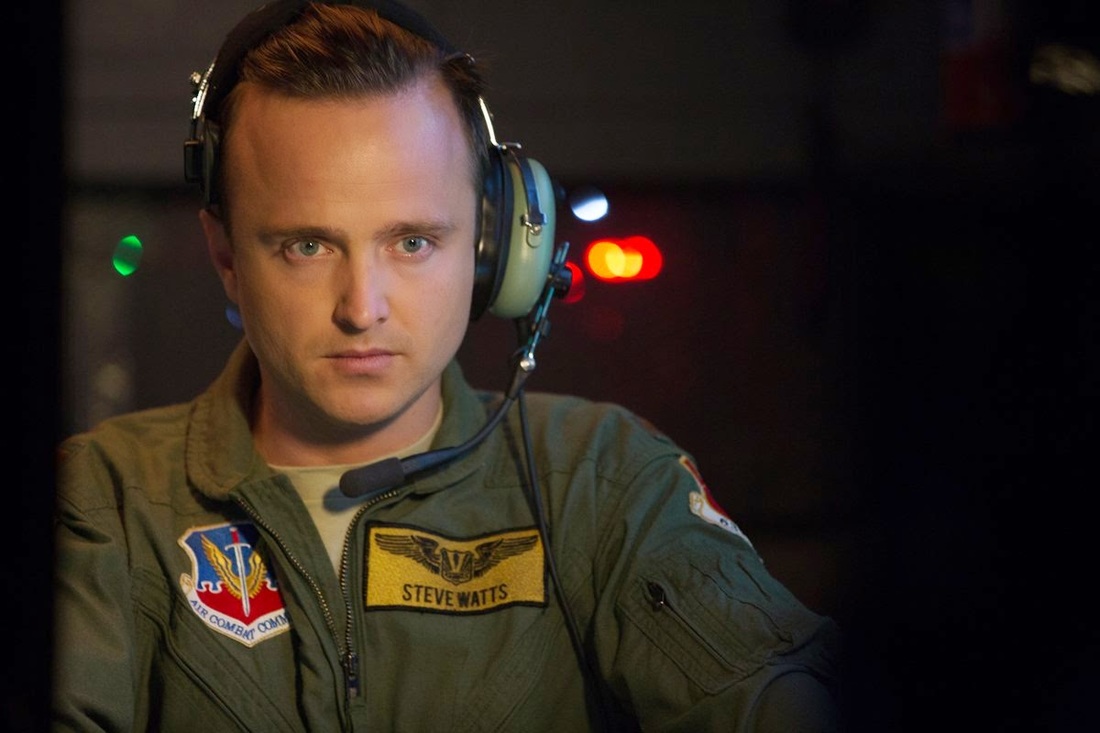
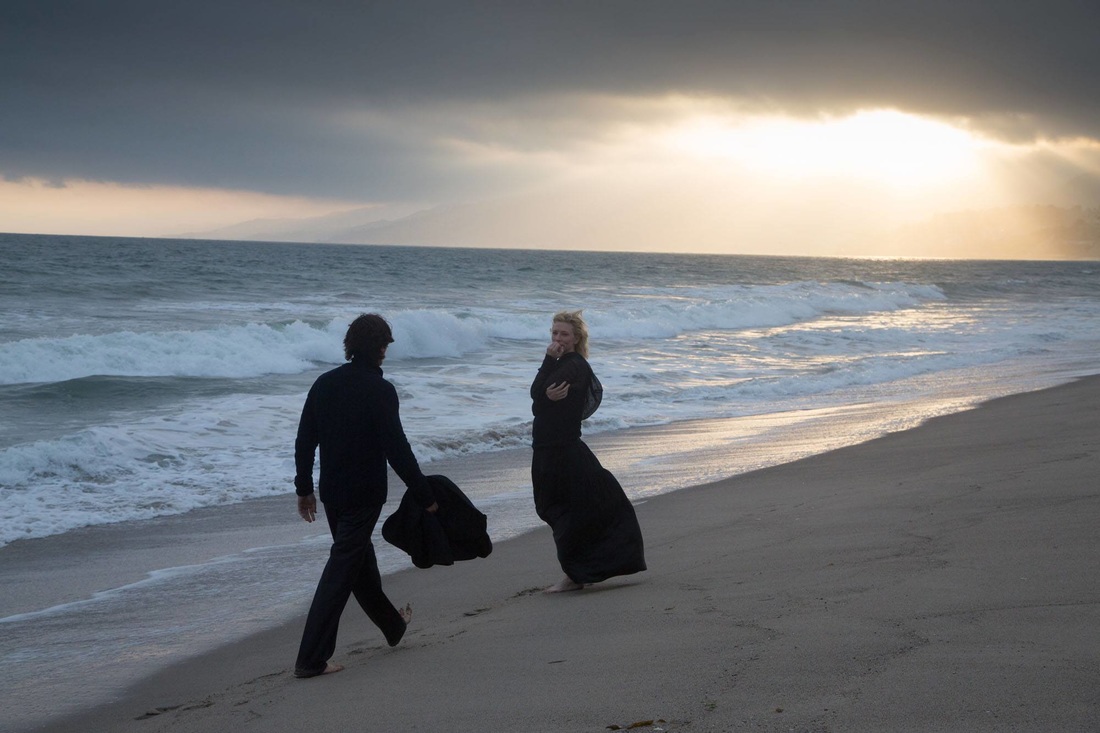
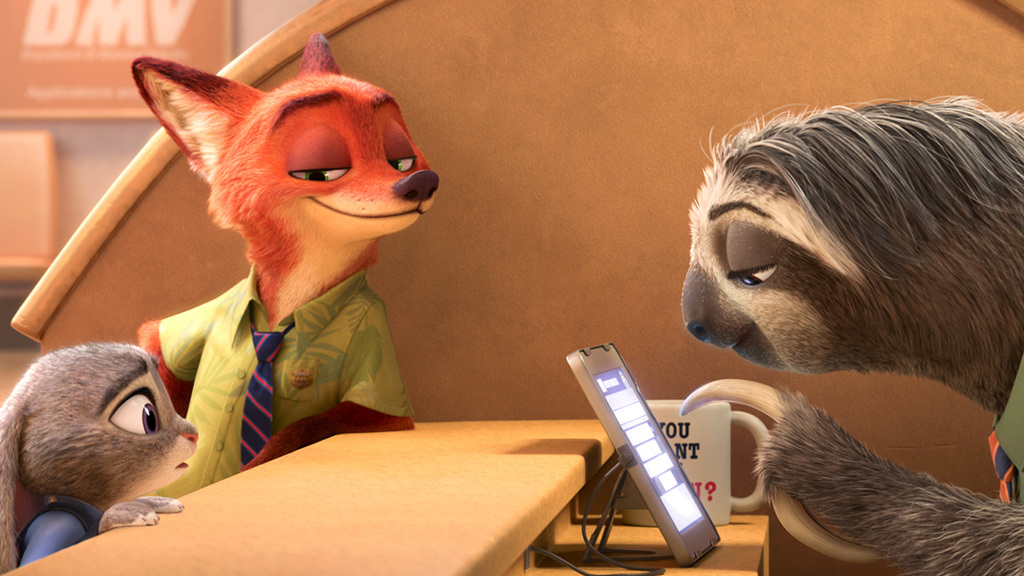
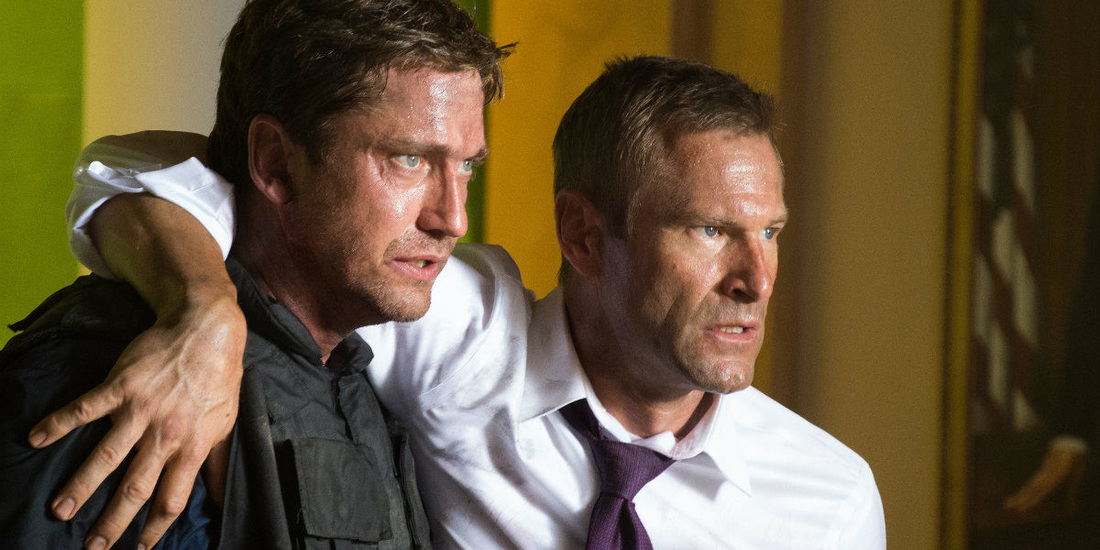
 RSS Feed
RSS Feed
